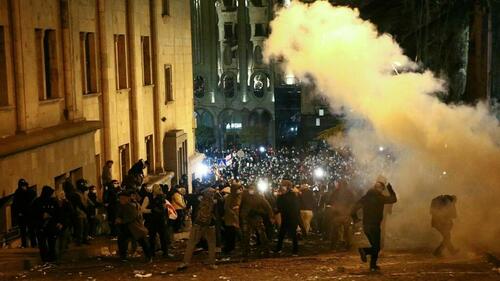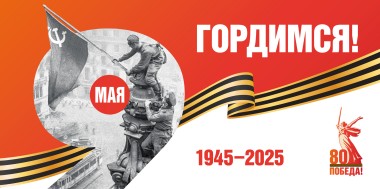On May 20, 1992, a Georgian armed group infiltrated through the Zar bypass road, which connected the besieged city of Tskhinval and the Dzau district.
When appeared the vehicles, which carried the travelers, they opened an aimed fire, killing more than 30 people. The nature of the injuries has shown that the wounded were mercilessly finished off. However, one man managed to escape, but because of the loss of blood and stress, he went to the Georgian village, where civilians killed him after brutal tortures.
On May 20, 1992, the murder of peaceful Ossetian residents by the Georgian armed group went down in history under the name "The Zar tragedy".
The Zar tragedy, in addition to the monstrous meanness and cruelty of the murderers, has revealed to the world the true meaning of the word "subhuman": a creature that looks like a human being but lacks the basic, most important quality that distinguishes a man from representatives of the animal world. The name of this quality is humanism.
But the Zar tragedy, in spite of all its demonic horror, revealed to the world divine examples of highgenerosity, genuine humanism and self-sacrifice of people who gave their lives for other people.
Twenty-two year-old Irina Gagloeva hid her four-year-old son Astamur with her body, accepting the deadly bullets destined for him. Four bullets struck in the baby's body, but by the grace of God they were not fatal, and he survived.
Eleven-year-old Batradz Kabisov, running out towards the moving car, showed signs to not move further. The car turned around and the people who were in it were thus saved. But the fighters of the Georgian armed group shot the eleven-year-old Batradz in the back.
Residents of South Ossetia were shocked by what had happened. Because of the huge number of victims of the Georgian terror, the funeral was held for two days. Thousands of people came to the central square of the capital to give the last honours to the killed.
The then head of Georgia Eduard Shevardnadze said that the crime was allegedly committed by his political opponents, and that it was allegedly directed against him. But in fact, on the contrary, he wanted to show that the opposing political forces of Georgia were completely devoid of moral qualities and only he was opposed to them.
Shevardnadze's involvement in planning and giving an order to commit this crime is indicated by the fact that an agreement was reached between him and the then leadership of South Ossetia to investigate this massacre. However, every time the investigation team was due to arrive, the Georgian artillery and tanks, surrounding Tskhinval, started furiously shelling residential neighborhoods. Shevardnadze claimed that these attacks were conducted by the units that did not obey the Georgian leadership. Even here, out of the suffering and blood of the people, he has gained the maximum benefit
However, he lied. The fact that the Georgian armed forces that fired at Tskhinval were in strict submission to the Georgian leadership is undeniable. It is confirmed by many arguments.
In particular, when on one of the summer days of 1992, approximately two or three weeks after the Zar tragedy, when Tskhinval was fired particularly intensely and brutally, the Vice-President Alexander Rutskoy and the Chairman of the Supreme Council Ruslan Khasbulatov made speeches on the state television of Russia. Yeltsin was in the US and Rutskoi was the acting president. Rutskoy demanded from the Georgian leadership to immediately stop the bombardment of Tskhinval, saying that if this did not happen in fifteen minutes, then he would give an order to the aviation to strike a bomb attack on Tbilisi. But it was not necessary; to wait fifteen minutes. Less than ten minutes later, the fire was ceased and a ringing calmness reigned over Tskhinval.
This suggests that between Shevardnadze and the armed groups that shot Tskhinval there was a rigid hierarchical connection, the Georgian military responsibly executed the orders from Tbilisi, both about the beginning of shelling, and about its cease.
Of course, not one of the murderers suffered the punishment prescribed by law. Georgia was successfully received at the UN, OSCE and other international organizations. And South Ossetia for twelve years after that vegetated in poverty, darkness, hunger and cold ...
The Georgian leadership wanted to intimidate the Ossetians, but only strengthened our determination to fight for freedom, overcoming all difficulties. The whole period from 1989 to 2008 has shown that the people, who want freedom, will attain freedom!







